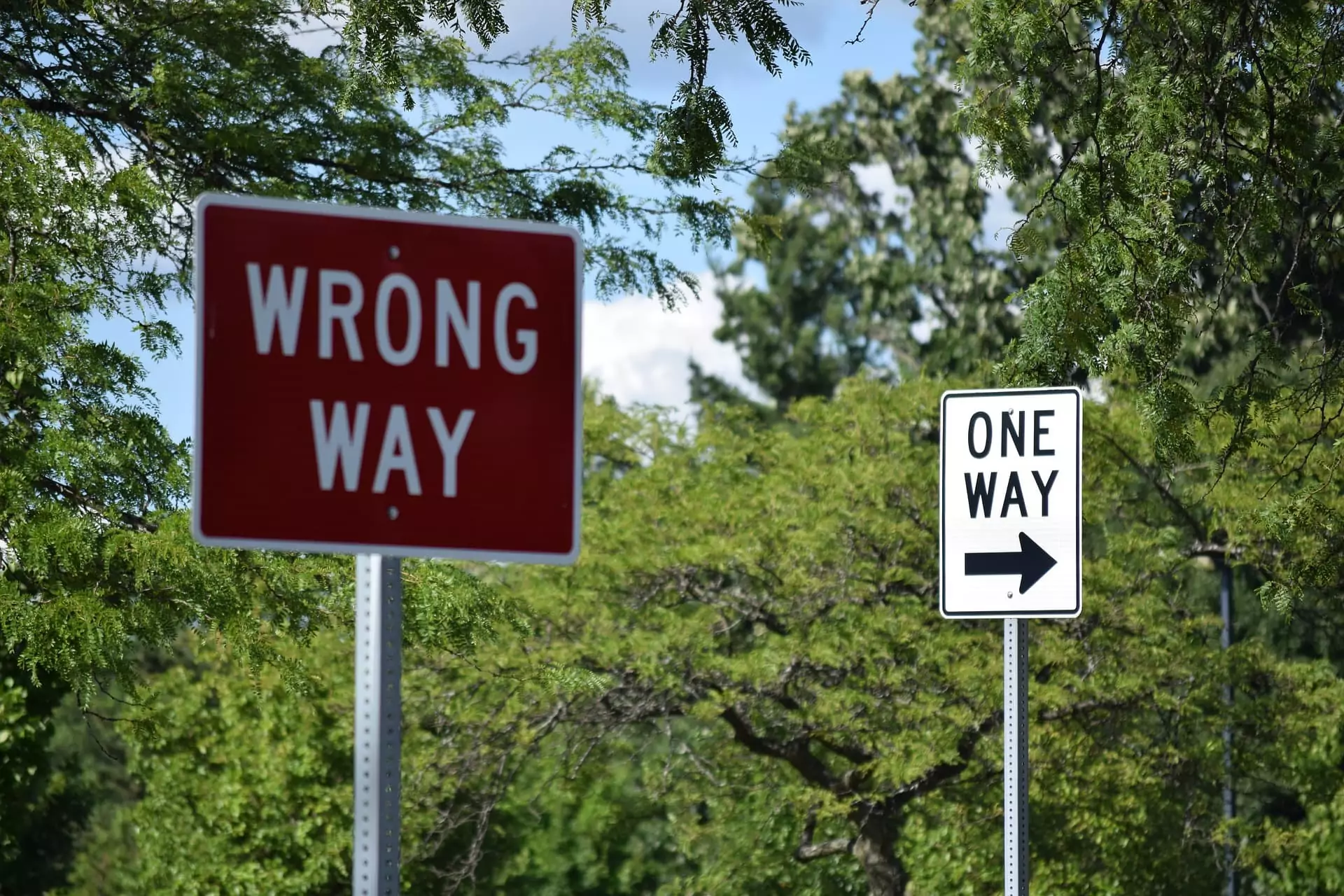Since 2018, the National Dash Cam Safety Portal (NDCSP) has saved the UK Police over 68,000 hours of work.
By creating an online database of traffic rule violations that anyone can upload to, it has made the process of reporting dangerous driving a breeze. People can upload videos shot on their smartphones, video recorders, or dash cams and share them with an accompanying police report in a matter of minutes. This information will then be reviewed by law enforcement agencies across the country to determine whether there’s an actual violation and if further action needs to be taken.
A Traffic Watchdog
Traditionally, reviewing these reports can take up to 14 hours. The police have to wait for the footage to arrive by mail, interview witnesses, and so on — all of which takes time. The NDCSP, created by an automotive technology company, called Nextbase, helps to speed things up by providing law enforcement officials with the required information right from the start.
As of now, 22 police stations across the UK have partnered with Nextbase to implement the NDCSP into their systems. However, even if a local police station hasn’t signed up, the public can securely upload their footage to the portal and use a reference code to share it with the police.
So far, the impact has been huge: “The number of positive outcomes that we have seen as a direct result of these submissions is very high,” says Northumbria Police’s Head of Communications. “It ensures that our policing services are as accessible as possible, complementing the work already being done by police officers on our road network. Most importantly, it allows us to show that a dangerous driver’s behavior can and will be held to account,” agrees a spokesperson for West Mercia Police.
Apps for Road Safety
According to the World Health Organization, 1.35 million people die from road accidents every year. The most vulnerable among these are people living under poor socioeconomic conditions, especially those from developing countries. Anyone who puts themselves behind the wheel has a responsibility to keep everyone’s safety at heart and, to that end, here are some other road safety websites and apps that can make things easier for drivers or pedestrians:
- Google Maps: The app that started it all. The in-built navigation system offers real-time information on weather, traffic, accidents, and road conditions.
- Inrix: Works just like Google Maps, except this one lets users leave notes for each other about accidents and construction hazards. The app also comes with a feature to locate the best parking spots.
- Bad Driver Database: Unlike the others, this is not a map-based application. Instead, it’s an online database where users can report drivers who act recklessly and leave reviews about them.
- Our Streets: This is an App started by one man who noticed that the bicycle community in Washington DC were manually taking photos of bad drivers and manually uploading them to the DC DMV website, before tweeting the violation. The mobile app now connects the public’s feedback directly with advocacy organizations, municipal stakeholders and transportation departments, and shared micro-mobility operators.
There are others. However, Nextbase is unique in the fact that the NDCSP has already attracted more partnerships with law enforcement than any other app in just two years.
It is estimated that over ten million road accidents go unreported each year and so the question is: Could this system be replicated by local police agencies elsewhere? Would it be possible to build similar online portals for every locality or, even better, a unified portal for police agencies across a country or state? If so, it might certainly encourage more people to come forward about incidents they’d otherwise avoid talking to with the police.

